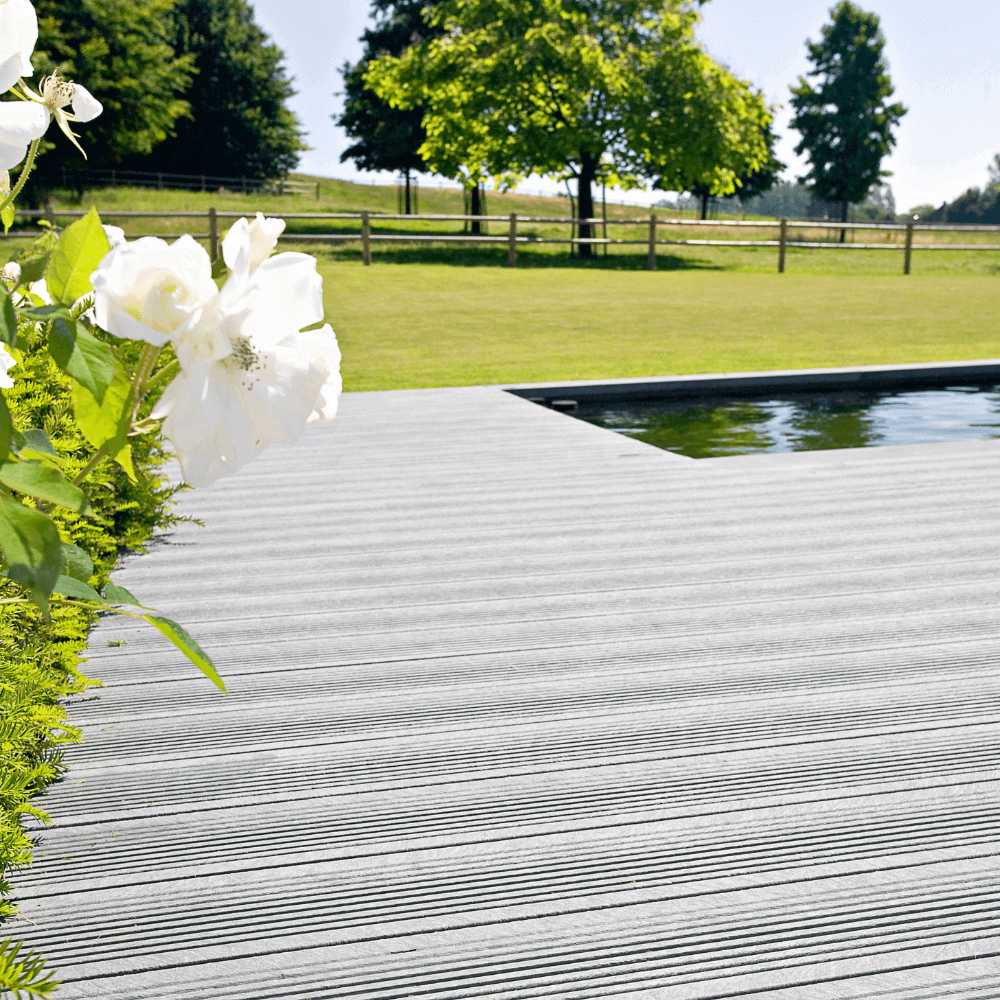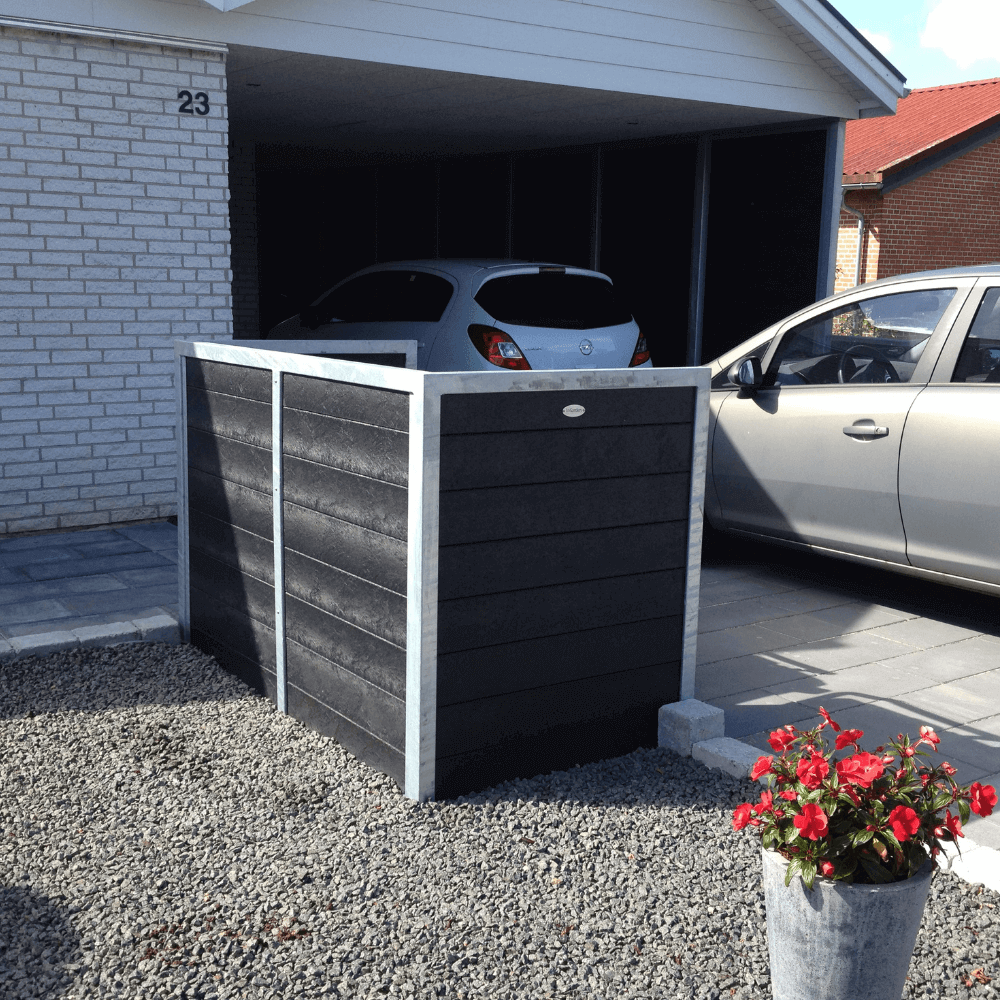Have you chosen such a strategy?
Around New Year, it really tingles in my fingers to get started sowing after a few months break, because I actually sow pretty much all year round.
As a career woman, my everyday life is busy, and it is important for me to have control over my strategy - you probably know that too if you have a busy everyday life with children. I do not have time to spend hours sowing - and I do not bother to eat cabbage every day for weeks because I have sown too many cabbage seeds. Plus there is a lot to be gained in extra dividends if I consider my so strategy carefully.
Optimization of the yield in the garden with germination
My garden is an ordinary detached house garden, where I work with optimizing the yield in my garden, here is the germination of one of the means to achieve a high yield in my beds.
I do not sow directly in my raised beds, that way I save with germination 2-4 weeks in the raised beds per crop, by planting large resistant plants in my raised beds. Thereby I can harvest 2-3 crops from the same bed in one season.
With germination, I also avoid holes in the planting in my beds and thereby I avoid wasting space in the kitchen garden. So even though germination can seem difficult, it gives me many advantages - the larger plants I plant out also do better in the fight against pests in the garden.
My strategy for sowing
I germinate the majority of my seeds and tickle plants continuously throughout the season. I use the strategies below when I sow.
Sow little but often
Who has not tried to sow too much lettuce that goes into stock before it is eaten, eat cabbage for weeks or suddenly the radishes have become too large because we have not had time to eat them.
That's why I saw a few seeds at a time - for example when I sow cabbage, I saw 4-8 seeds at a time instead of the whole bag, the same goes for the salad and everything else I germinate.
I like to germinate the same crop at 3-4 week intervals, so I can extend the period where I can harvest with an extra batch - that way I harvest for example 3-4 batches of peas before the summer heat sets in.
Schedule your sowings
You probably know like me that having hours to sow vegetables does not happen very often. I therefore often plan my sowings, and make the seeds ready. The soil is always ready on my table in my potting shed - and there are always seed trays or pots ready to fill with soil and seeds.
That means while I wait for the food to be done, the washing machine is winding or I have a quiet evening, then it's all ready. In 10-15 minutes I can easily reach a couple of seed bags or 3.
Maybe you can use the same strategy when the kids are in bed - otherwise you probably have your own little time pockets, which gives 10 minutes in an otherwise packed everyday life.
Germinates as much as possible
Germinating as much as possible is one of my optimization strategies to get the most out of my garden. It's a terrific method of saving time from germination to large plant in the raised beds - this is actually also the time when the small plants are most vulnerable to pests.
Choose the right sowing method
It is important to choose the best sowing method based on the seeds to be sown. It does not help to choose a low seed tray with quite a bit of soil if large seeds with a large root system are to be sown.
Peas, corn, pumpkins, cucumbers, melons quickly become large plants, and they can advantageously be sown in larger deep seed trays or individual pots, while lettuce can advantageously be seeded and pricked in larger pots / seed trays after germination.
Beets, onions, radishes and leeks can be sown in small clumps of 3-5 seeds in the same pot - and planted out in the raise beds in a single lump, where the largest vegetable at harvest is gently twisted out of the clump and let the rest grow further.
Much more can be said about germination - so I promise to follow up with a post about germination.





-(1).w1520.h440.fill.jpg)


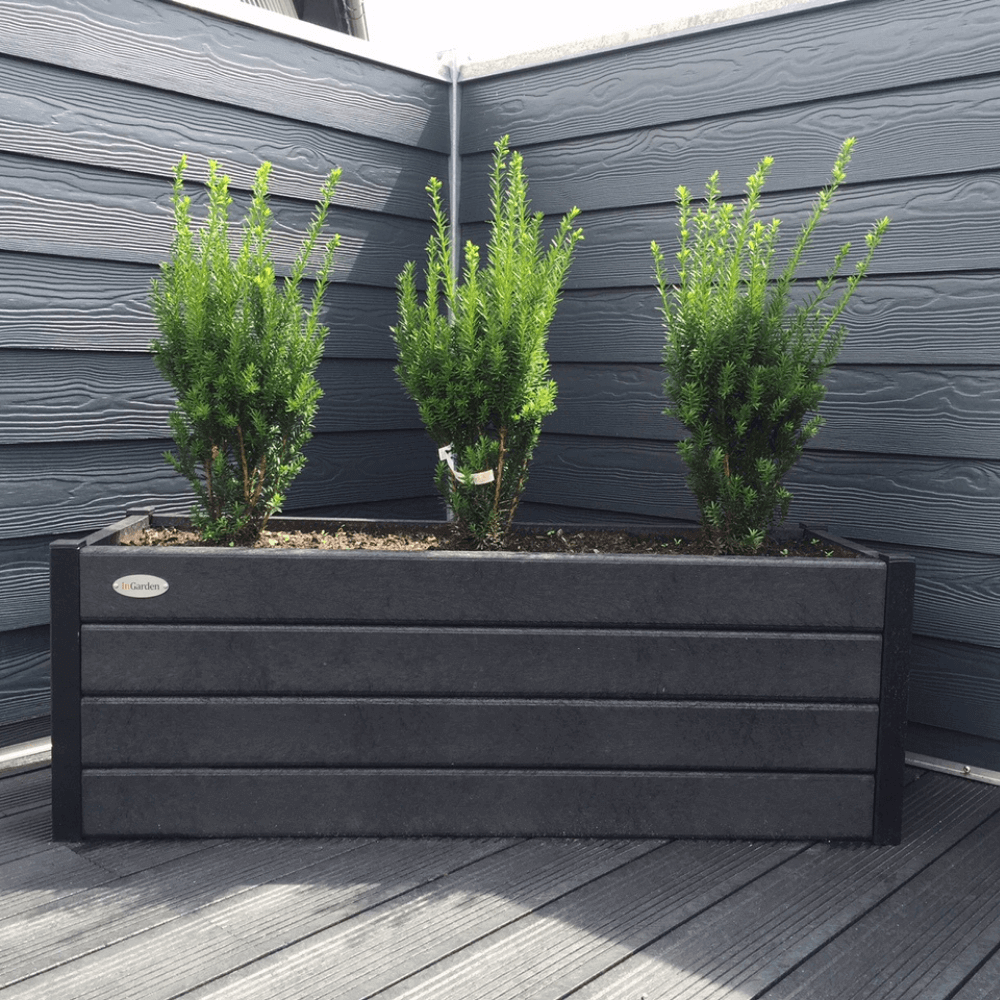
-1.backdrop.png)
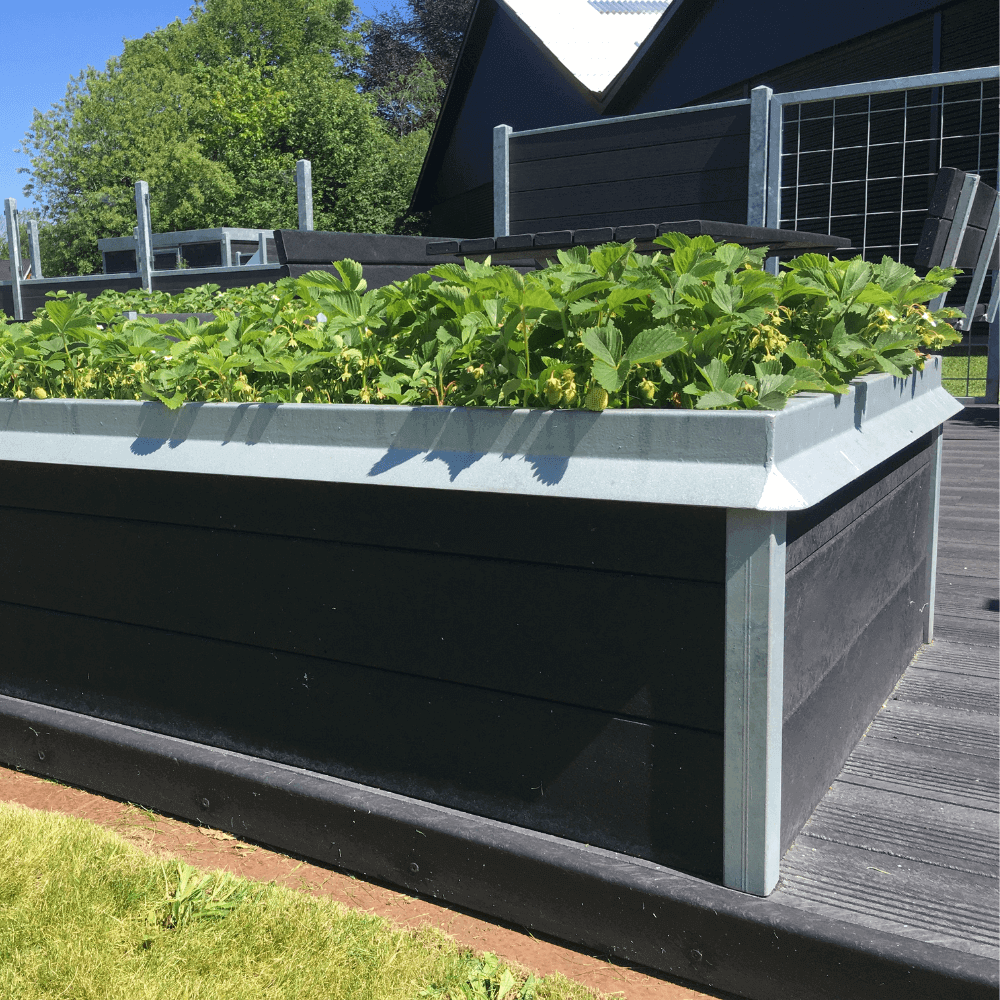
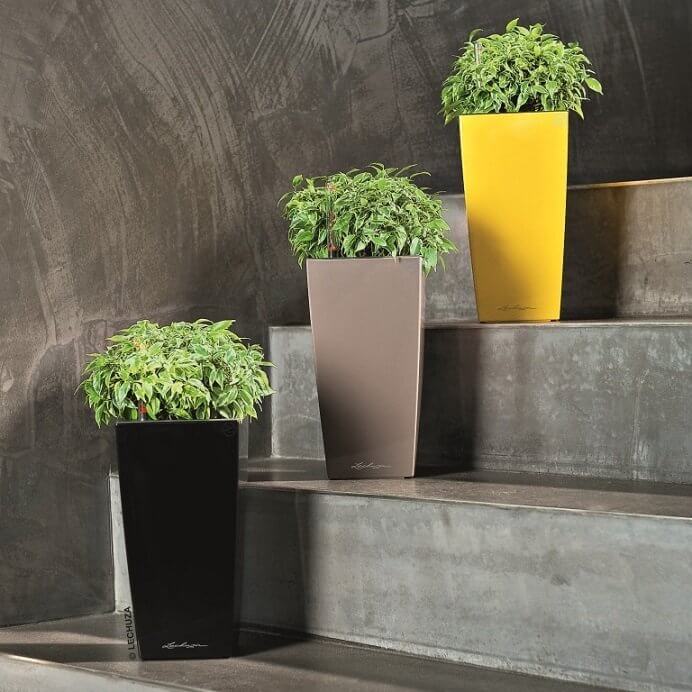
-1.backdrop.png)
